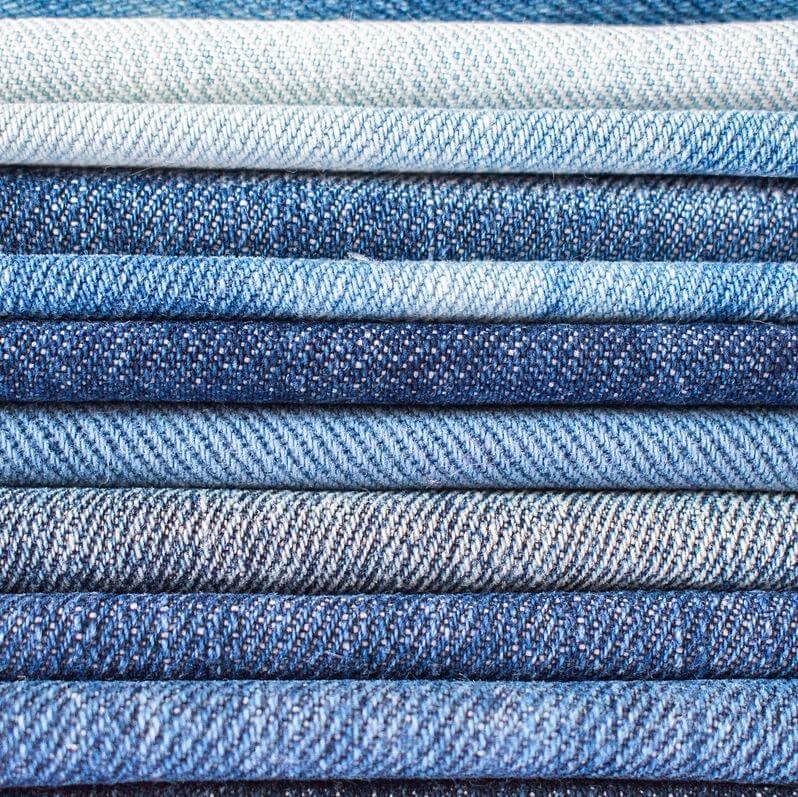
2020 has been a difficult year to say the least. And whilst we can hold on hope for a better 2021, we know the road ahead is still a difficult and potentially long one. Which is why, more than ever, we must hold onto hope, our values and, integrally, support those who stand for them.
As you know, at The Bias Cut we stand for inclusivity. We’re proud to be pioneering ending ageism and championing age inclusivity in fashion both through our boutique and our Ageism Is Never In Style campaign. And this year I’ve had the honour of being interviewed more than ever on this.
One of the most frequently asked questions is: “Do I believe there’s been real progress in recent years – and is ageism in fashion is on track to be eradicated?”
For the past couple of years my answer has broadly remained the same: there has been progress, we must not be deceived by appearances. Yes there have been more 50+ women in fashion campaigns and on the catwalk (Maye Musk, Joanni Johnson, Daphne Self, Alex Bruni, Rachel Peru) , but the number is still criminally low comparatively speaking – and lack of diversity amongst over 50 women is rarely addressed. So, in reality, progress has been incremental and, whilst I do see a future without ageism in fashion, it’s going to take time.
But this year my answer has changed; and sadly not for the better. Because - like pretty much everyone else - I did not foresee where we’d be today in 2020.
This time last year I was concerned about the dip in age representation, but age diversity has plummeted even more than I had feared. For the Fall 2020 fashion weeks in February, there were only 44 50+ models, and this dropped to a mere 32 for the Spring 2021 shows in September. That’s just 1% of total castings. (interestingly Paris Fashion week - the most revered in the industry - delivered the vast majority of 50+ models with 20 castings; whilst New York, London and Milan tied with an abysmal 4.)
What’s more, the casting choices weren’t particularly inspired: amongst the 32 models, we saw supermodel Helena Christenson, Yasmin Le Bon, ‘Night Life Queen’ Susanna Bartsche, and performer and transgender model Amanda Lepore – all high profile, well-known women. And when it came to 50+ women of colour… there were only 4 models in total, all of whom were at Paris.
So why has age diversity plunged? Well, the reasons I explored last year still stand: there’s a lack of authenticity and understanding in fashion why realistic age representation today so important. But as with most things this year, the pandemic has played a huge role.
When businesses are faced with a huge crisis, their natural instinct is to play it safe - and the fashion industry is no exception. Take the 2008 recession: as fashion brands struggled to survive, creativity was reined in, and they relied on safe, easy, commercial designs to keep them afloat. Now, in 2020, we’re facing potentially the biggest crisis of our lifetimes so, unsurprisingly once again brands feel they must play it safe – and sadly that includes relying on traditional young, slim models.
Despite the progress, it’s still a bold move for a fashion brand to start featuring older models. There is still the widely held belief that it will put off younger, more desirable consumers, and that older consumers prefer younger models as it’s ‘aspirational’. And now will not be the time that most brands will be willing to test this theory. As to those that have featured 50+ models in the past – the majority will quickly return to tried and tested traditional business models including young models.
What’s more, if a brand is still continuing to make money – despite the lack of inclusivity – they are not going to risk this.
Which means we are now in a very precarious position whereby all the progress we’ve seen in recent years could be undone. Who knows how long the repercussions of the pandemic will last? And how long it will take for fashion brands to feel they can take risks again? It could be years.

But there is one big difference to 2008: back then, ageism in fashion was pretty much a non-topic. Now, ageism is a huge deal, with more and more of us are demanding age representation, especially through campaigns such as Ageism Is Never In Style, blogs, and social media. So the key is to keep this momentum going. We need to keep calling out ageism, hold brands to account, and let our voices be heard.
Moreover, it is important now, more than ever, to support brands that champion and share your inclusive values. At The Bias Cut we’ve been overwhelmed this year by your continued and growing support – we might be a small business, but we know we can – and are – making a difference. And it’s all down to your support and desire to shop with a boutique that stands for what you believe in.
So whilst the trajectory doesn’t look good, it doesn’t have to be that way. If we hold on to our values and belief that inclusivity and representation is vital, we can change what the future of fashion will look like.
And please know that every time you choose to shop at The Bias Cut and support & share our Ageism Is Never In Style campaign and movement, you are playing a part in this; you are standing for age-inclusivity. Because we refuse to let ageism take a stronger grip over fashion again. And just you wait for 2021: we’ve got big plans.









